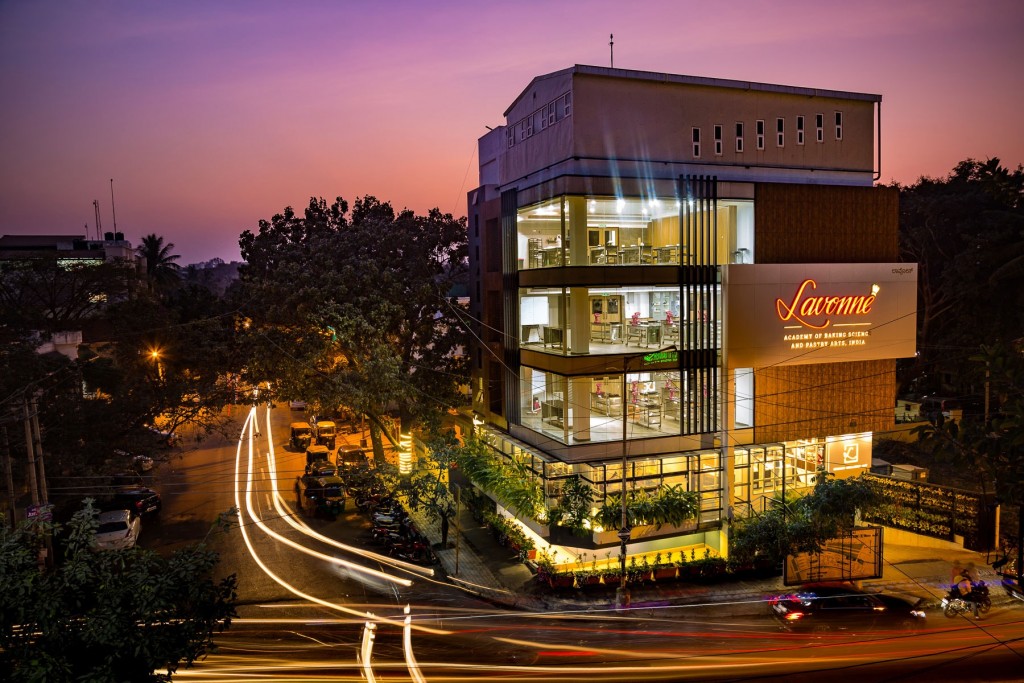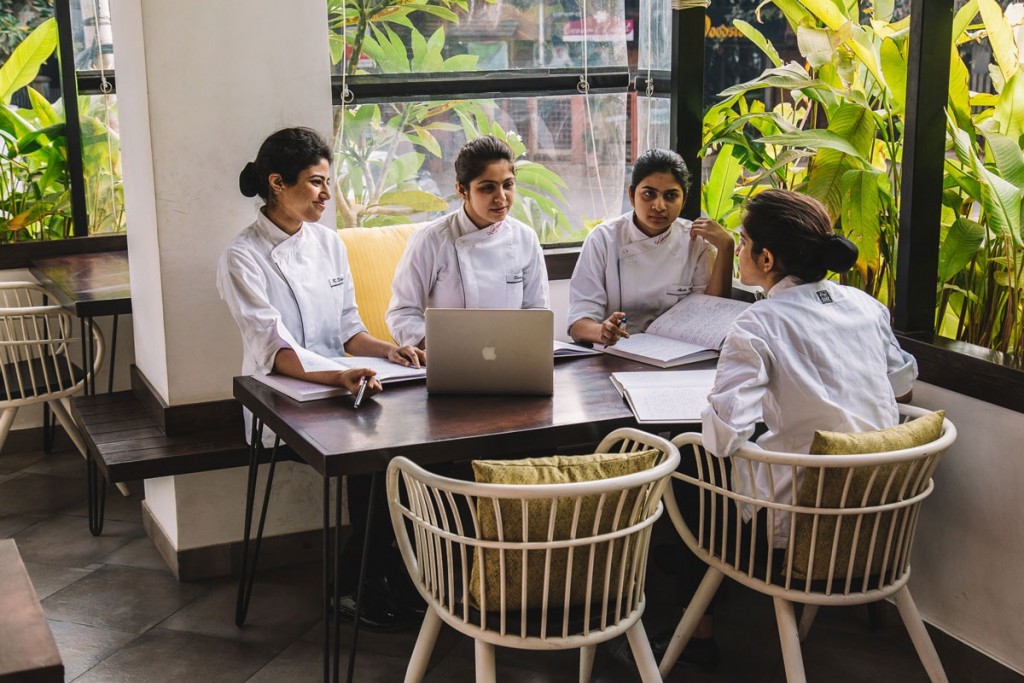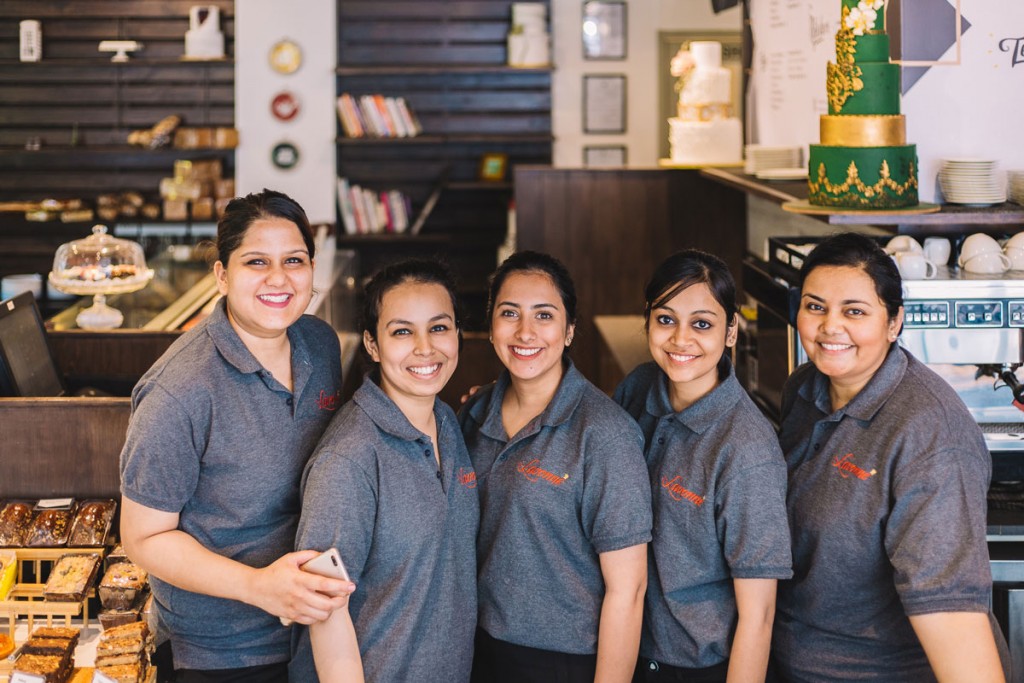This week, Lavonne has been abuzz with everything to do with chocolate, since Asian PastryCup Medalist Chef Hong is here to conduct his exclusive chocolate workshop.
But chocolate has always been a product we have focused on promoting keenly. At Lavonne, we insist on the use of couverture chocolate for all our products, and the workshop by Chef Hong is completely couverture based.
According to our Chef Vinesh, ” A lot of people tend to not use couverture chocolate because of the price, and instead opt for cheaper options. But couverture is the real stuff. It’s authentic chocolate because it has the right amount of cocoa butter , which ensures that all resulting products are of premium quality. Cheaper chocolates don’t have this percentage of cocoa butter.”

Stressing on the importance of using couverture, he adds,” The Indian market is currently full of compound chocolate and this is what is being widely used. At Lavonne, it is very important for us to try and spread awareness about the benefits of using premium quality chocolate. Getting Chef Hong to India is an initiative in that direction.”
Chocolate is an essential part of everything we do at Lavonne, but what exactly is couverture chocolate? And how did chocolate become such a sought after product?
History of Chocolate
If you trace history, the consumption of chocolate dates back to 1500BC, with the Olmecs. They were the first to successfully cultivate the product. However, the ones who became popularly associated with this brown gold were the Aztecs and Mayans.
While Columbus was the first of the Europeans to discover this soon-to-be-valuable commodity, he didn’t seem to appreciate the potential of it just then. The task of tasting, appreciating and popularising it then was taken up by Cortés. He could have well become the ambassador of cocoa, but the Spanish Inquisition at the time was a little more preoccupied with finding the golden kind of gold.

Photo credit: http://3rdarm.biz/2012/01/
It wasn’t until a 1544, when Mayan dignitaries visiting Spain brought chocolate along, that the magical product was finally introduced to the outside world.
And that was all it took. It’s popularity grew swiftly, and by the end of the 17th century, chocolate and coffee shops dedicated to cocoa began springing up. Cocoa also started being introduced in cakes and other baked products.
However, two separate developments, forever changed the way in which chocolate would be consumed. The first one, when Coenraad J.Van Houten invented the world’s first hydraulic chocolate press for separating cocoa butter from the cocoa mass. Cocoa powder was the result of his separation. He also added an alkali to the cocoa powder which gave it a reddish appearance and did much to improve the flavour.
The second development, was when J.S. Fry & Sons of Bristol added cocoa butter back into the previously mentioned dutched chocolate, giving rise to a paste that could be moulded. They also added sugar, and the process for creating the first chocolate bar was in place.
Soon after, with the Industrial Revolution gaining momentum at this time, multiple chocolate companies and industries were set up, and they haven’t looked back since.
From B to C
Chocolate is first found in pod form. The cocoa beans are then removed from the pod and are de-husked. What remains is something called cocoa nibs. This becomes the basis of cocoa mass, when crushed. As mentioned, the cocoa butter is removed from the mass and the result is fine cocoa powder. Coverture chocolate is acquired when cocoa butter is added to the cocoa mass, along with some sugar and vanilla.

Lavonne’s macarons with chocolate ganache filling
Varieties of Cocoa
There are essentially three varieties of cocoa-
Criollo
This pod produces about small amounts of cocoa beans and accounts for 2-3% of the world’s cocoa market. It has a delicate flavour and is of superior quality. Found in Central America and the Caribbean.

Photo credit: http://www.thegrenadachocolatetales.com/grenada-chocolate/
Forastero
This pod is the most common, and makes for 85% of the cocoa market. It is quite resilient in nature and can produce large yields. Found in the Amazon and Africa.
Trinitario
This is a hybrid of sorts, of the above two varieties. It was born after the Forastero was introduced to the local Criollo crop in Trinidad.
Using the five senses while selecting chocolates
It is useful to apply all five senses to gauge the quality of chocolate. While creating different chocolate based products in Lavonne, our aim is to satisfy all the senses. But for chocolate in general, here’s what you need to look for-
Look– The ideal colour is a deep mahogany brown. If it’s too dark, that means it has been over roasted. Also, make sure there aren’t any streaks, because this could mean sugar blooming or fat blooming due to quick changes in temperature, or poor storage.
Smell– A rich, complex fragrance which shouldn’t be too sharp. While fragrances could range form sweet to nutty, if it smells burnt, there’s a good chance that chemicals have been added. No fragrance at all isn’t a great sign either.
Hear– Listen for a clean ‘snap’- if it crumbles, then it isn’t good quality chocolate.
Taste– This is a patient and complex process. Put a pice of chocolate in your mouth and allow it to melt slowly. As it melts, you should be able to taste the natural flavours, along with the flavours that come from roasting and blending. If it’s good quality chocolate, the taste will linger and develop.
Feel– Settle for nothing but a smooth feel in your mouth. Anything grainy, or sticky, are signs of badly tempered chocolate and fats being added, respectively.
Types of chocolate
Couverture Chocolate
The top quality chocolate, containing about 32-29% cocoa butter. This type has a great sheen, well-rounded flavour and a proper snap when you break it. It is one of the easiest kinds of chocolate to work with.
Dark Chocolate
Gives a rich and intense taste to any chocolate based product. The ones with 60% cocoa solids are usually best to work with. (Cocoa solids refers to the cocoa mass and cocoa butter.)
Milk Chocolate
This has milk powder added to it, and the ones with 30% of cocoa solids are usually good options.
White Chocolate
White chocolate is good provided it is made from cocoa butter and no additional fats are used. It is usually very sweet, compared to the other types.

Lavonne’s Signature Chocolate Cake
Lavonne’s Take
At Lavonne, chocolate is one of the most used product, both in classes and at the pastry shop. Close to seven or eight of the products in our pastry shop are chocolate based.
Says Chef Vinesh, “Chocolate is a very popular product. It’s so versatile, it can be enjoyed in multiple forms, be it from ganache to brownies. And a whole host of other products. It is a favourite amongst out customers. And this is why we are dedicated to promoting the use of premium quality chocolate in the Indian market.”
To familiarise couverture chocolate within the Indian market, Lavonne is planning a lot of chocolate based classes. The on-going chocolate workshop being conducted by Chef Hong, is a first-of-its-kind initiative in the same direction, and we’re committed to having many more such workshops in the near future.
Interesting facts
And, in conclusion, we leave you with a few facts about this much cherished product.
The word ‘chocolate’ comes from ‘Xocolatl’, the Aztec word for ‘bitter water’.
Among the Mayans and Aztecs, chocolate was originally a cold drink made from crushed beans.
It is said that the smell of chocolate increases theta brain waves, which help with relaxation.
It is a myth that eating chocolate causes acne. And it’s been proved too!
Eating a little dark chocolate everyday reduced the risk of heart disease.
Every space voyage has included Chocolate Bars as part of the stock.
One cocoa tree produces about 50 pods twice a year. Each pod has enough cocoa for about eight bars of milk chocolate or four bars of dark. So each tree gives 400-800 bars of chocolate a year.
These are just a few things to know to be aware about chocolate. Watch this space for more chocolate related goodness from Lavonne.




